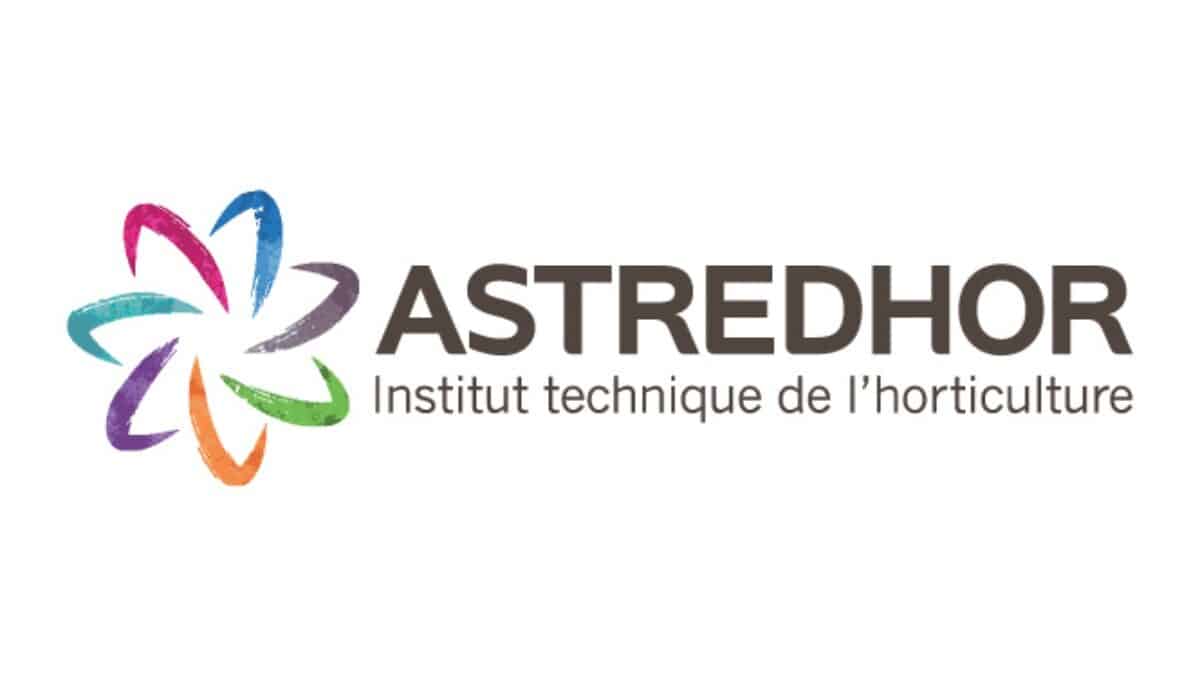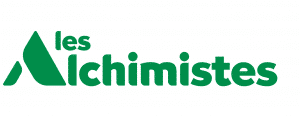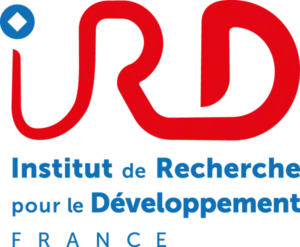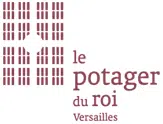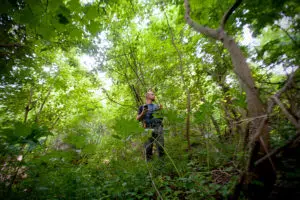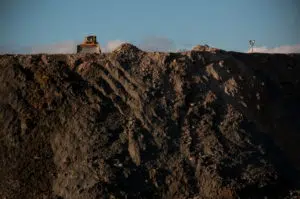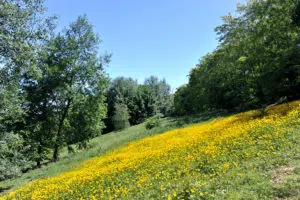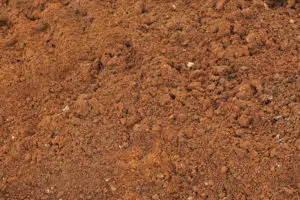Recycling inert soil into fertile soil
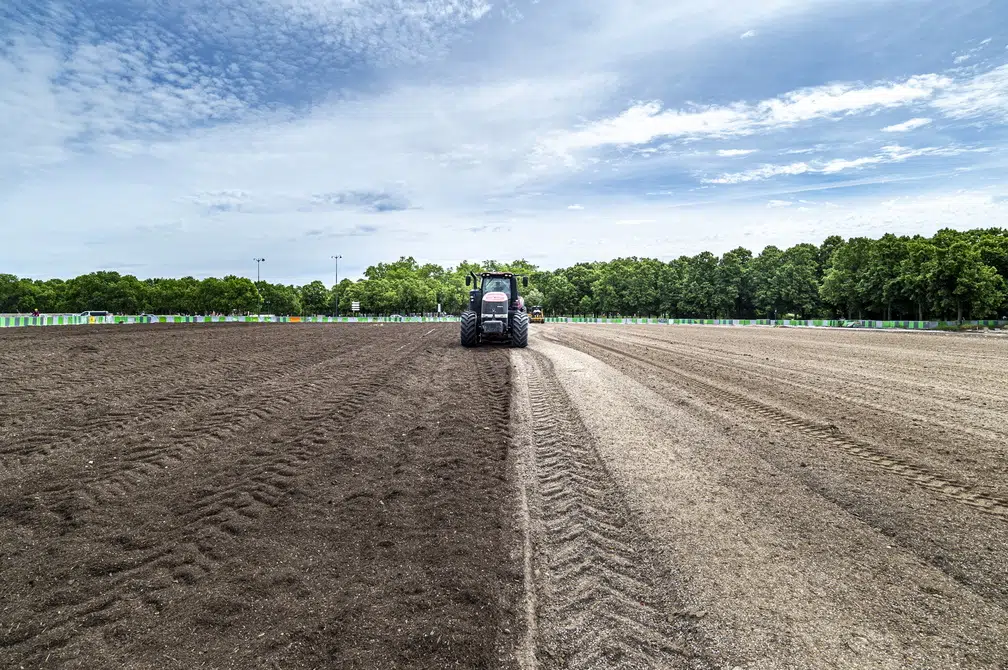
Preserve topsoil, stop its importation
Topsoil is a natural resource that must be preserved.
Imports must be kept to a minimum.
The fertile substrate produced by ECT on its sites represents a 100% eco-responsible alternative:
- It reduces the carbon footprint of urban landscaping or agricultural renaturation projects, as it is produced on site.
- It’s a pure recycling product. It reuses inert soil from the construction industry and compost from green waste.

Greening with a technosol produced by the circular economy of building and civil engineering soils
ADEME defines the circular economy as “an economic system of production which, at all stages of the product life cycle, aims to increase the efficiency of resource use and reduce the impact on the environment, while developing the well-being of individuals”. This circular system therefore places the emphasis on new design modes, on extending the useful life of products, but also on use rather than possession of goods, on reuse and recycling.
Fertile substrate is an example of the circular economy of inert soil from construction sites.
.

Creating a fertile horizon on project landfills
When the initial soil is too poor to be preserved and reused, ECT produces, in situ, substrate to create the fertile support for greening of its projects. ECT has developed this know-how both for agricultural use, as at the Grisy-Suisnes and Roissy-en-Brie sites, and for renaturation, afforestation or meadows, as at Buchelay and Chelles.

Producing fertile substrate at our La Courneuve site (93)
ECT’s La Courneuve site has added a new activity. Already equipped with a treatment center for hydrocarbon-polluted excavated soil, the site now has the capacity to accommodate a fertile substrate manufacturing activity. In an ultra-short circuit, some of the soil from the center can be used to manufacture fertile roofing substrate.
ECT and Faiseurs de Terres have entered into a partnership to enable Faiseurs de Terres to install a production platform on the site in early 2025.

Greening of the esplanade Saint Louis in Paris, on the edge of the Bois de Vincennes
The greening operation supported by the City of Paris has transformed a former parking lot into an urban meadow. The culture medium used is a fertile substrate produced in situ by ECT.
The technosol produced has enabled soil qualities to be adapted to the services required: fertility, drainage, bearing capacity.
A standardized growing medium
This fertile substrate produced by ECT can be used to replace natural topsoil.
It complies with standard NF U 44-551 :
- It consists of deep-horizon soils mixed with green compost.
- All the materials used in its composition are controlled: inert soil and green waste are subject to analysis and traceability standards, unlike topsoil, which offers no such guarantees.
Research & Development on fertile substrates and technosols
Full-scale process testing
- as part of the Paris Région Lab call for projects in the Bois de Vincennes on tree pits and meadows, over the period: 2014-2018.
- by joining the Faiseurs de Terres group (in partnership with Halage and néo éco, at L’IlÔ in Seine-Saint-Denis)
Manufacturing and implementation experience, high-volume production.
- Experimentation at the ECT site in Annet-sur-Marne (77)
- to return 3 hectares of landfill to agriculture
- over the period: 2017-2019
Thesis “Biodiversity potential in technosols”.
- Under a Cifre contract, ECT supported Charlotte Pruvost’s thesis at the Université Paris-Est-Créteil, entitled “Potentiel de biodiversité dans les technosols” (“Biodiversity potential in technosols”).
- This research analyzes the return of biodiversity to this type of fertile substrate. Defense in December 2018.
R&D
- at the Potager du Roi with the Ecole Nationale Supérieure de Paysage de Versailles, on experiments with vegetable plants
- at the Ecole du Breuil, the IRD in Bondy and the City of Paris on soil quality analyses for pottery production
- with Astredhor-Seine-Manche, on the evaluation of different horticultural groups
Research and experimentation on technosols, the restoration of inert soil fertility and optimal conditions of use are all underway.
- at the Potager du Roi with the Ecole Nationale Supérieure de Paysage de Versailles, on experiments with vegetable plants
- at the Ecole du Breuil, with the IRD in Bondy and the City of Paris on soil quality and horticultural pathway analyses
- with Astredhor-Seine-Manche, on the evaluation of different horticultural groups

